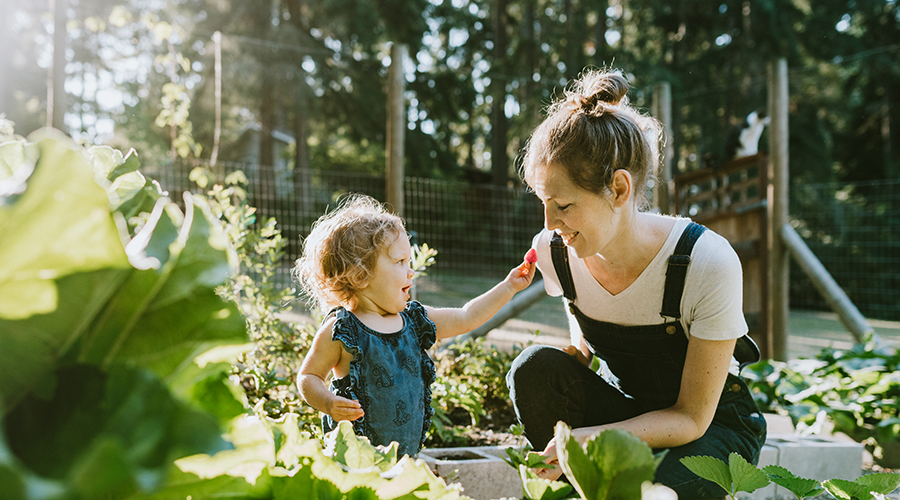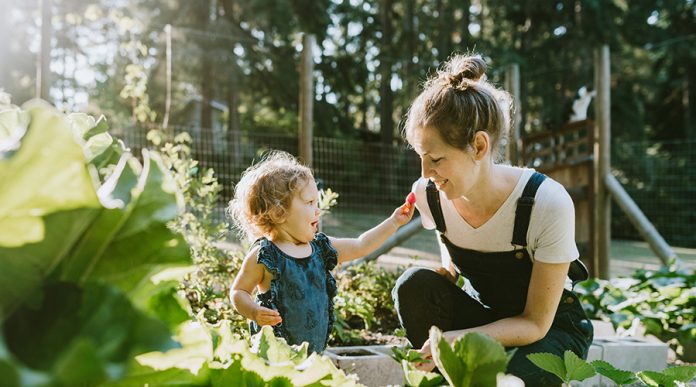Gardening can be an enjoyable hobby, or even a source of additional income for you. Gardening is not rocket science, but it does require some knowledge so that you don’t end up losing money on poorly maintained plants and crops. This list of tips should help you become a more successful gardener.
Selecting a climbing plant. Climbing plants are usually container-grown, although occasionally they are sold as bare-root plants. Choose a healthy looking plant with a good framework of both established stems and new shoots. Turn the pot over, and check to see if there are any young roots growing out of the holes in the bottom. If so, this means that the plant is well-rooted. Reject any plant that is potbound (meaning you can’t easily remove it from the pot).
If you are planting vegetables, choose varieties that don’t require processing in order to keep. For example, sweet potatoes and onions will keep for months as long as they are kept cool and dry, without any additional work on your part. This reduces the amount of time you have to spend after harvesting.
Brighten up your flower beds with annuals and biennials. These types of flowers grow at high speed, which gives you more flexibility in changing the look of your flower beds as the seasons change. They are very useful for filling in the gaps between perennials and shrubs in a sunny area. Notable collections include sunflower, marigold, hollyhock, rudbeckia, cosmos, and petunia.
Plan your gardening accordingly to the weather. If you live in an area where the ground freezes during the winter, do not plant anything before frost is expected. If you live in a warmer area, take a break during the warmest months of summer to avoid wasting too much water.
When choosing plants for your garden, pick plants that are native to your geographic region. Plants native to your region will naturally do well in your garden because they are already adjusted to your climate. When you plant native plants, you will not be surprised by any unexpected results when your plants mature.

Gardening is not hard, but you should get advice before you jump in head first. You want your garden to be successful rather than fail, so it makes sense to read up a little beforehand. There is no need to purchase expensive gardening books because you can find gardening books at your local library, or find out as much as you need online.
Tie strips of mylar balloons to the branches of your fruit trees just before harvest time. These flapping, shiny straps will frighten away birds and small mammals, protecting your fruit. Just be sure to remove them after the harvest, because if they blow loose, animals may eat them and become ill.
When planting your bulbs, have you ever wondered what end of the bulb should be pointing upward? Even though the growing end will naturally grow towards the warmth of the sun, being planted in the right direction will make it easier on the growing shoot. If a bulb has a pointed end, the end with the point should be planted upward since it contains the stem. Long tubers and rounded corms are more difficult to figure out which end to plant upward. If they still have dried roots attached, plant that end downward.
Use scale, color and texture in your garden to improve interest. Use plants of different heights, putting small ones in front and tall ones in the back. Add a few plants that have deep maroon leaves, which looks great next to greenery. Plant a tree or shrub that changes to oranges and golds in autumn, and mix small-leafed plants with larger-leafed or spiky plants, such as agave.
If you don’t have the space to have an actual garden in the ground, it’s perfectly acceptable to have an organic garden in containers. There are only a few root vegetables like asparagus that won’t grow well in containers, so feel free to explore. Containers are perfect to grow organic tomatoes, green beans, green onions and many other organic vegetables.
You can cover your muddied gardening footware easily by keeping plastic bags around. You will save time and be back in the garden much more quickly by doing this.
Integrate low-growing strawberries into your yard’s landscape. Instead of setting aside fruit plants in a separate area, choose strawberries, such as alpine varieties, to use a ground cover that doubles as a fruit garden. These spreading, low-growing plants look attractive and grow well in areas that have a lot of sun.
As you can see, there is a lot of very useful pointers that can help you get better results. It requires a lot of work and patience, but it will be worth it in the end. By following the above tips, you are well on your way to becoming a more successful gardener.


